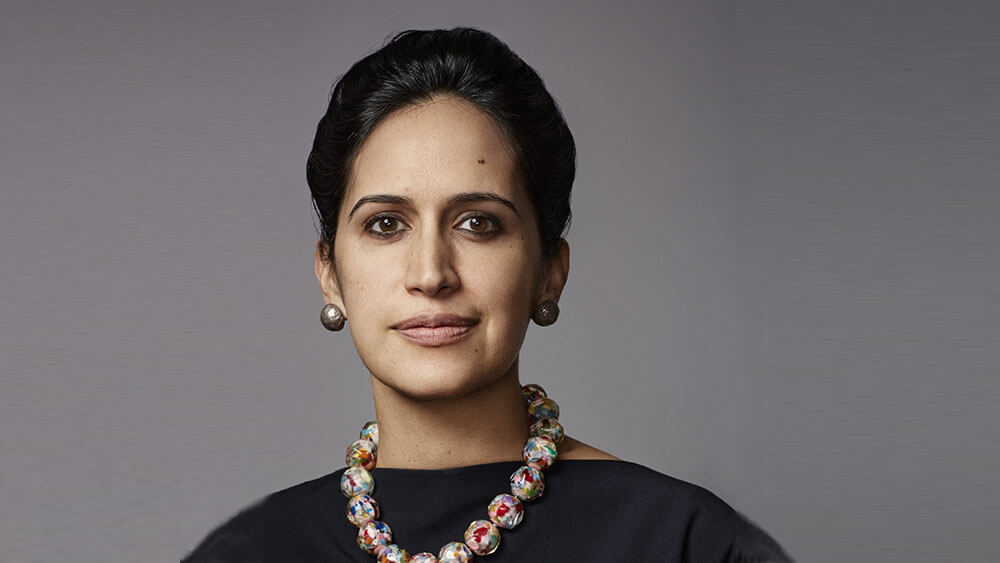
in a recent newsletter, Priya Parker described how she connected online event participants via the platform chat box.
Priya Parker, author of The Art of Gathering: How We Meet and Why It Matters, is a conflict-resolution facilitator who, over the last two years, has brought thousands of people online, both for events she herself has convened and as a facilitator for other organizations.
The biggest shift she has made in her practice post-pandemic, Parker wrote in a recent newsletter article, “has been the attention I now place on creating psychological togetherness in virtual settings as quickly as possible.”
Without the physical and social cues that accompany an in-person event — such as moving between spaces, reading body language, and absorbing the myriad bits of information carried in observing things like where people sit and what they are wearing — digital participants can be disoriented and lack a social context for the gathering. “As hosts, we need to create it,” Parker wrote. Her secret weapon is the chat box.
Parker described how she used the chat box while facilitating an education session for a professional organization made up of thousands of therapists and organizational coaches.
First, she connected participants to one another in the chat box within the first five minutes, Parker wrote. “Without commutes and doorways, we whiplash between virtual gatherings without a moment to shift gears.”
Parker asked participants to take a couple of deep breaths and to press their feet on the floor, and report three things in the chat box: the town or city where they were joining from, what kind of space they were in, and the material on the floor beneath them.
Parker then read some of them aloud in order to highlight the differences, she wrote, “instead of pretending they were all in the same place.” It also reminded people they have a body, “and so does every other guest. It makes a potentially disembodied, anonymous group embodied, specific, and real even when they can’t see each other.”
Parker then asked participants to respond to a short series of questions with a word or phrase:
“What do you hear right now?”
“Who did you need to check with to be here today with no other obligations?”
“If you could play this group a song to evoke a specific emotion that you think is appropriate for this moment, what would it be?”
“If you weren’t following your current path, what else might you be pursuing?”
Parker designed the questions to introduce a range of emotions to the conversations and to allow participants to share aspects of themselves that identify them as individuals.
“Even if the rest of the session features just one speaker,” Parker concluded, “you’ve built the room.” A bonus: Asking questions early warms up the chat box for the rest of the event.
Sign up for Parker’s newsletter at priyaparker.com.
